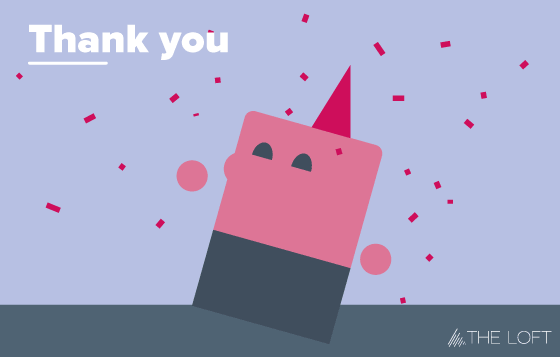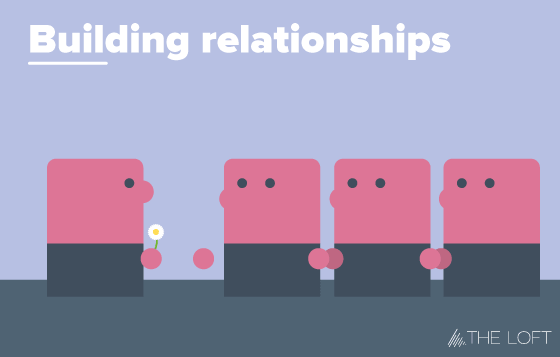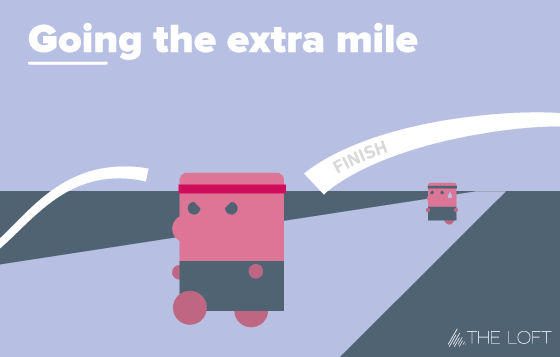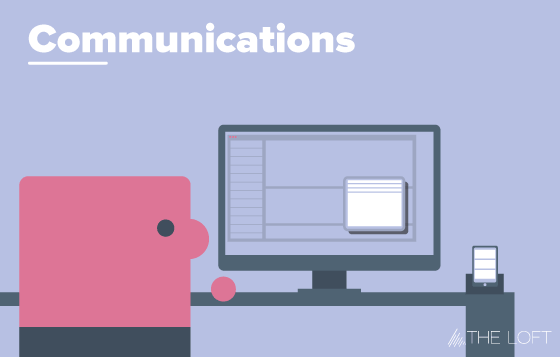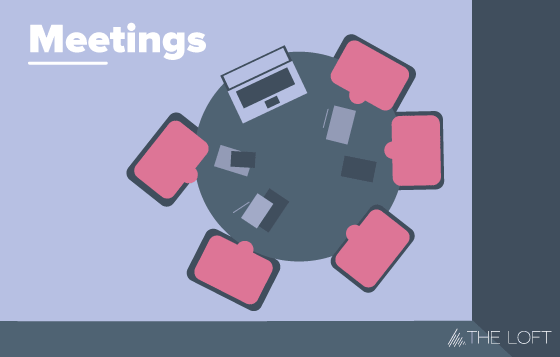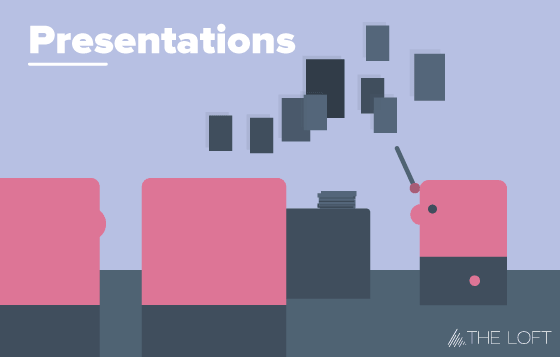When writing creative briefs, every hour spent in planning can save days throughout the project – time that can be used to give a more competitive quote or a more valuable service. At the loft, we want to help remove some of the guesswork for those of you writing creative briefs so we’ve compiled a wee 10-point checklist to help you out. This is everything you need – for writing a creative brief.
1. What would you like to achieve with the project?
A big one to kick things off. What are you trying to achieve with your new creative project? Do you know exactly what you would like to do or have some goals in mind?
Goals may include.
– We would like to increase the company sales or the sales of a various product or service.
– We want the people in our company to buy more into our brand values.
– We are looking to change the perceptions of our brand online.
– Any of the above or something else?
Understanding what you want to achieve lets us consider all the different ways to help you get there.
2. Company info?
Some info on your company helps to give us an idea of who you are and what you stand for.
Any of the following is helpful.
– What does the company do?
– What would be its competitive advantage in the marketplace?
– Does the company have a vision, set of values or a mission statement?
– Anything else you can possibly tell us about?
3. Audience?
We know who you are, now who would you like to speak too? The better we can understand the target audience the more we can create a targeted message to suit.
Tell us about the audience of the project, are they.
– Customers/Suppliers/Staff/ Other Stakeholders?
– Young/Old?
– Male/Female?
– Fun/Serious?
– Take their time/Don’t have time to waste?
– Anything else we may have not mentioned?
4. Message?
What would be the message you would like to communicate for the project?
The following are just a few suggestions.
– A general marketing message for the company or the company USP?
– The promotion of a specific product or service offering?
– A series of consumer benefits or features for that product?
– The communication of your core values ?
Understanding of the message, the messenger and the audience for a creative project are the fundamentals to the success of a creative project.
4. Who’s in the creative team?
Knowing each of the different people that we shall be working with and who to go too for different reasons is incredibly helpful.
For example, who is…
– Responsible for the content?
– Going to work through the fine details of the latter parts of the project?
– The person responsible for final decisions?
Are there any other third parties we need to know about? Print partners? IT people? Copywriters? Photographers?
5. Tangibles
Every project has unknown unknowns, known unknowns and stuff we definitely know (good luck getting your head around that.) Tell us about the stuff you Definitely Know – the tangibles.
For example…
– The size or orientation of a brochure.
– The number of pages on that brochure or website.
– Things that go on each page (images, text, graphics, social media bookmarks, etc.)
– Appropriate call-to-actions.
– Other features such as contact forms, social media links, etc.
Beginning with what you already know is a good place to start, we can help fill in the blanks.
6. Good examples?
We love to see what you have in mind for your project whether it is scrap-book cut-outs of work you like, links to relevant websites or some competitor benchmarking – it is really useful to see where your head is at with a creative project and we can build on that.
7. Brand Guidelines?
With brand guidelines, if you have them, we want them.
8. Content, Content, Content!
What is the one thing that stalls 90% of creative projects? Yep, you’ve guessed it, it’s the availability of written and image content. Written copy tends to be a particular stumbling block for brochures and websites. If you are struggling with copy — speak to us and we will be able to help you by either recommending a copywriter, helping you to write it ourselves or working with you in another way to source copy.
9. Key Deadlines?
An obvious but important one. Every project has a fixed deadline but knowing the times for other milestones, such as board presentations, internal reviews or other events can be helpful too. It means we can provide bits of copy or other relevant materials for a project before the actual final deadline.
10. Budget?
Let us know where you feel comfortable? Even having a ballpark allows us to properly spec your project. We can determine how ambitious we can be creatively and the more time we can spend on your project instead of speccing your project, is time that we can re-invest into the relationship.
We also have a separate guide in helping clients maximise their creative budgets, check it out here >>>
And that’s us. As we said above, we don’t need everything on the list above but the more you can let us know – the more able we are to deliver a spec, proposal and eventually a project that surpasses expectations. If you are looking for a hand, don’t hesitate to contact us.
Benedetto

Benedetto is an ideas-driven Creative Entrepreneur. He is on a mission to unleash the power of creativity to create a better world – for people, business and society. He is the founder of the loft, a design and branding house which operates worldwide helping companies bring their brands to life in the most imaginative and effective ways possible. A real man on a mission. Benedetto likes to make things happen and happen fast and in a big way. He wants things done yesterday and is relentlessly driven in his quest to make tomorrow better than today for his company, the people he serves and the wider community.
